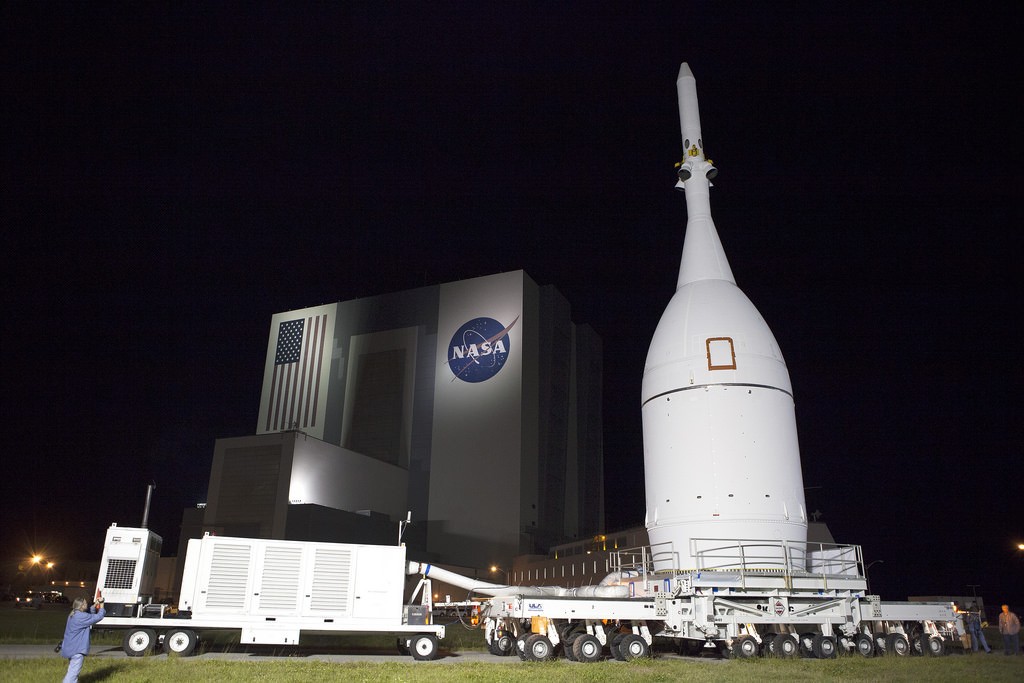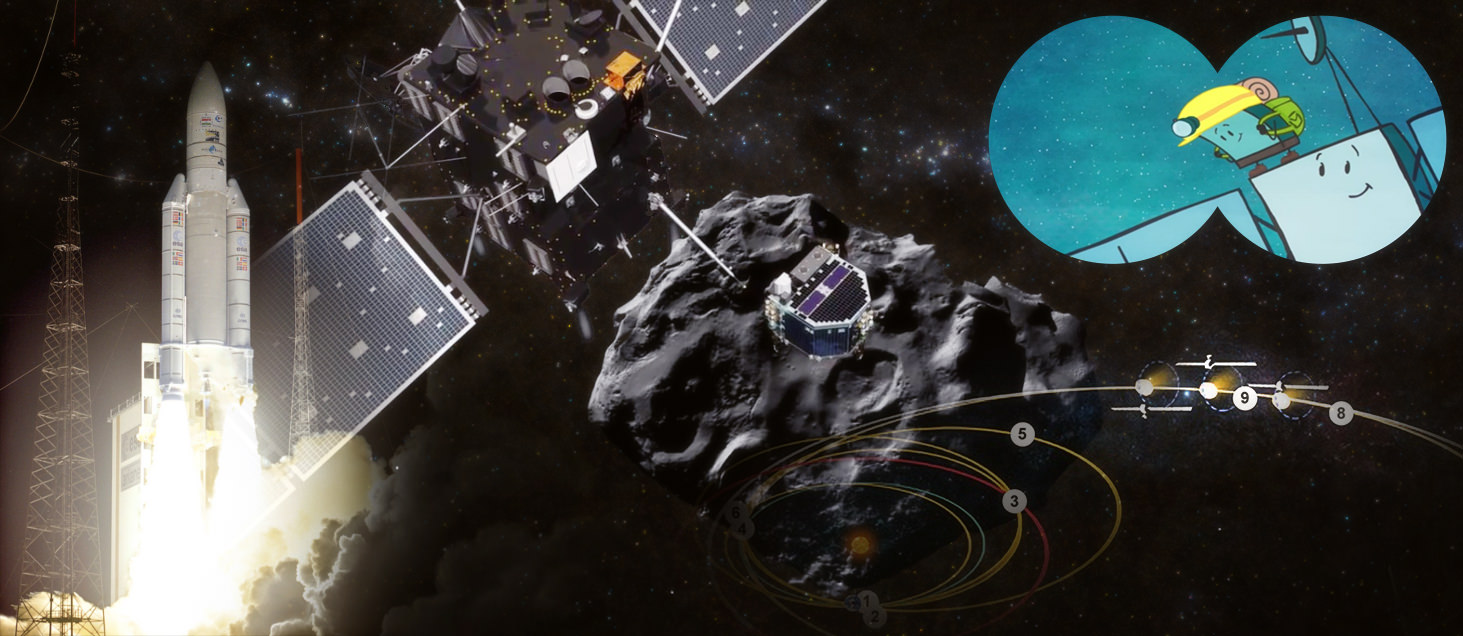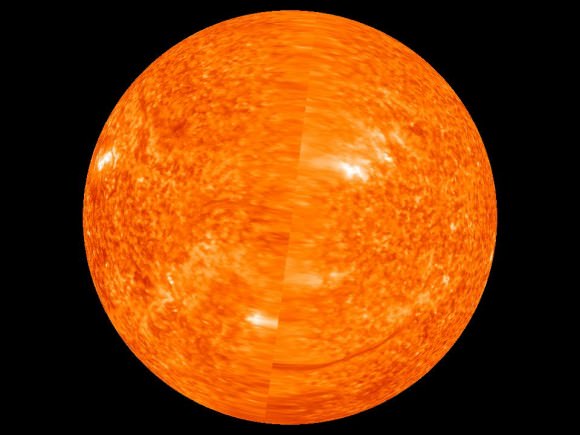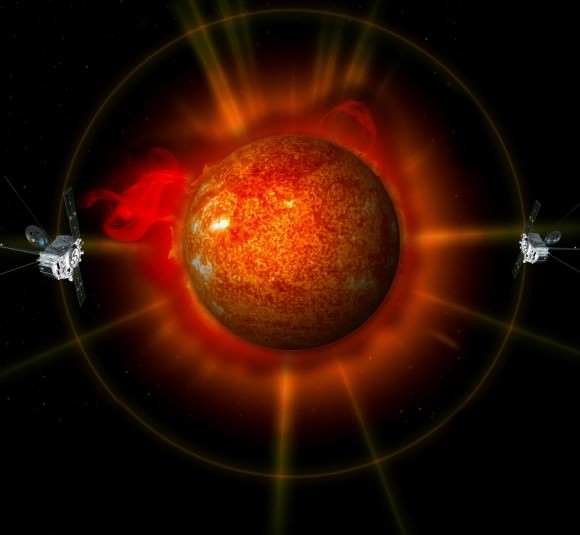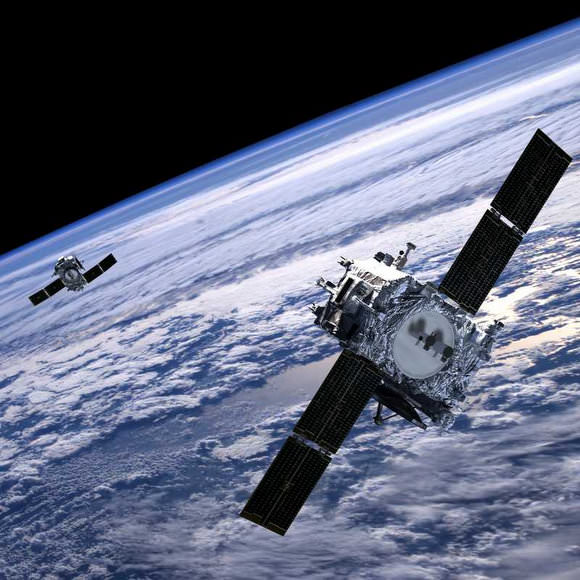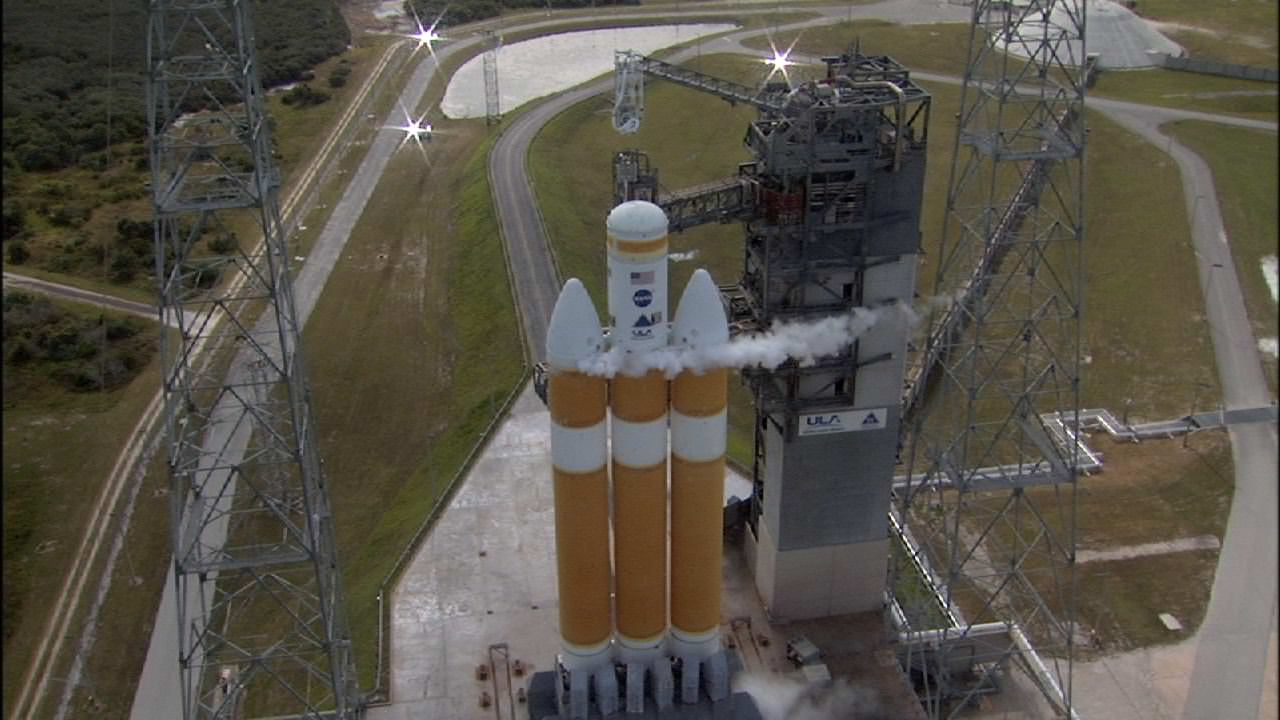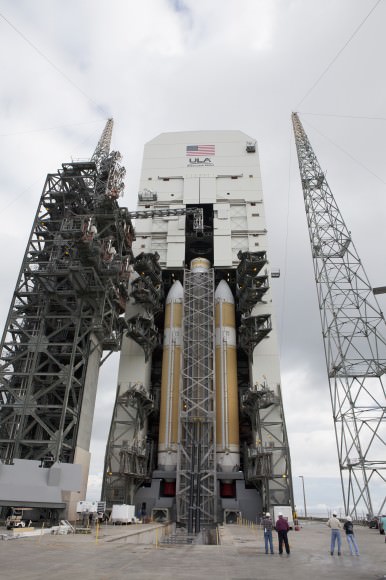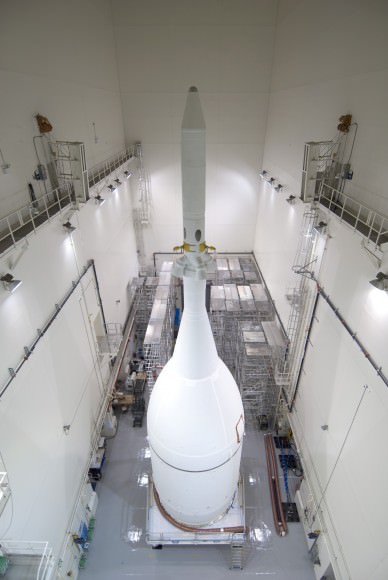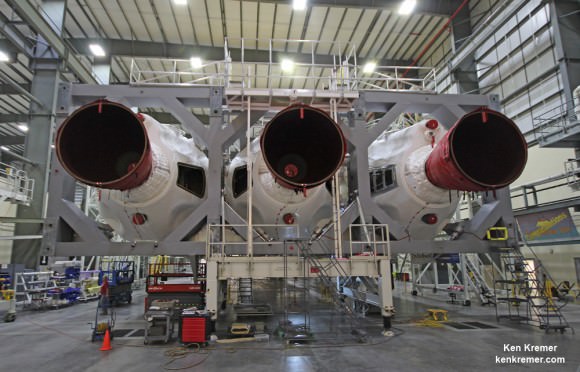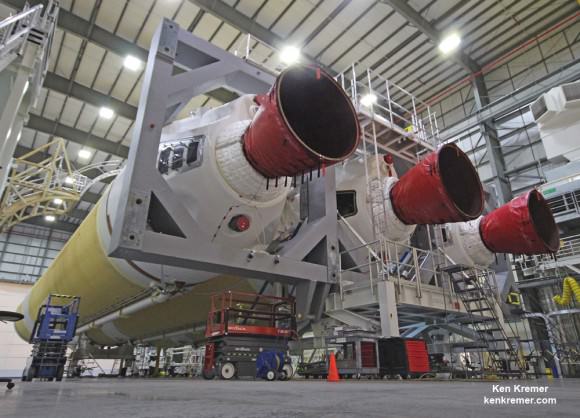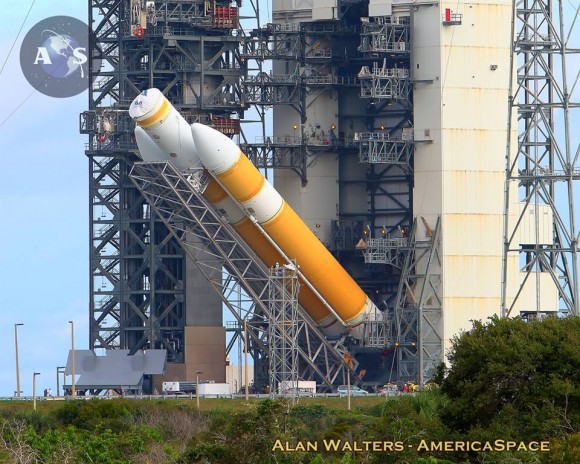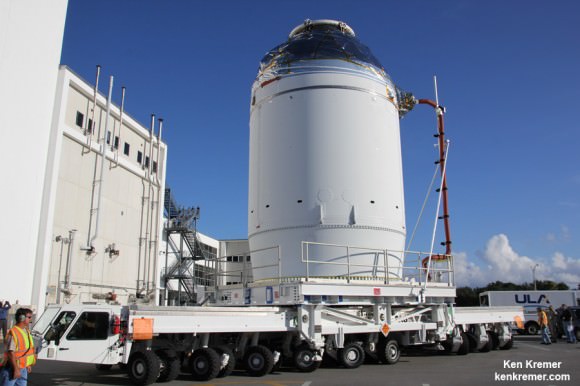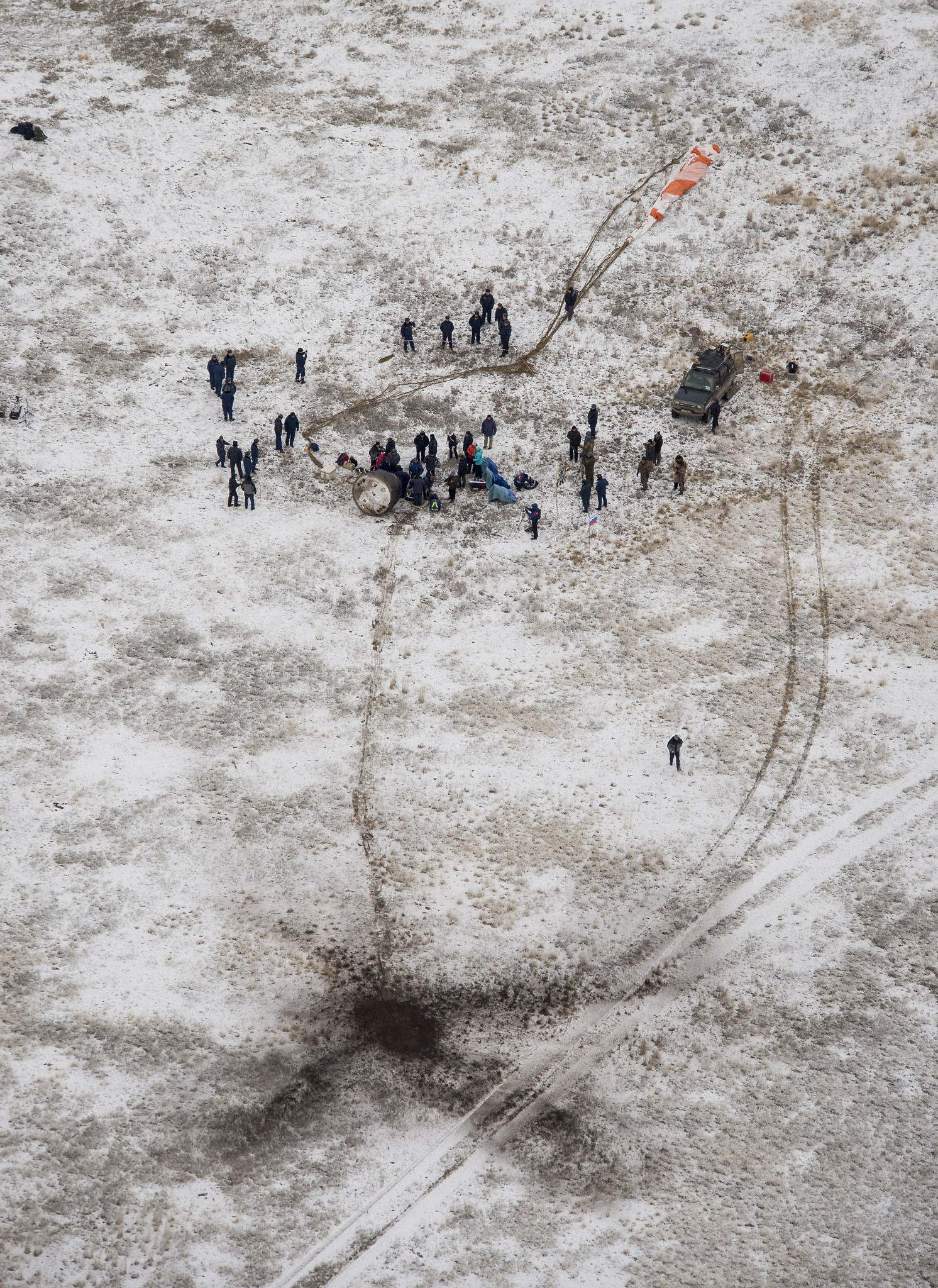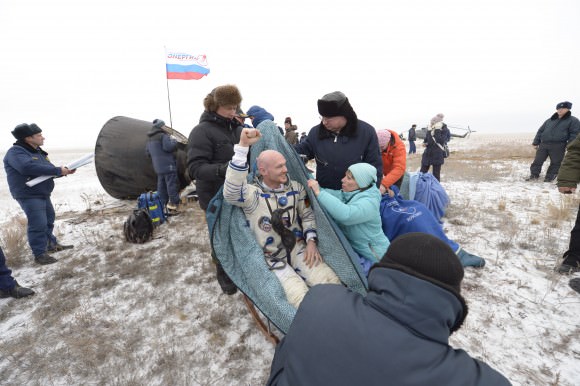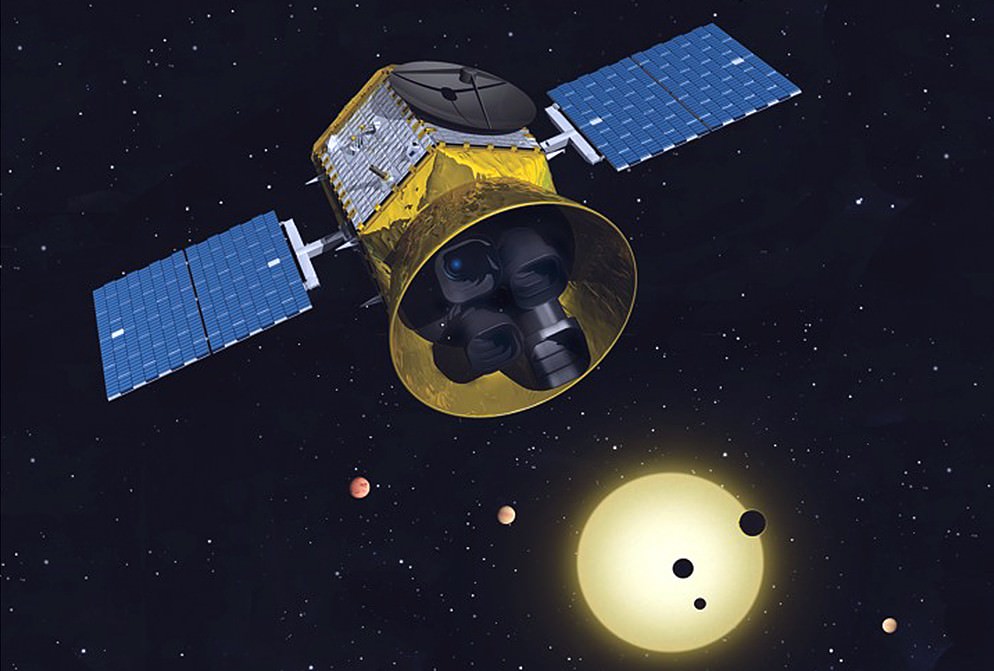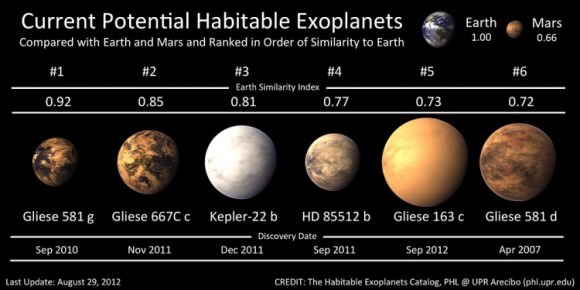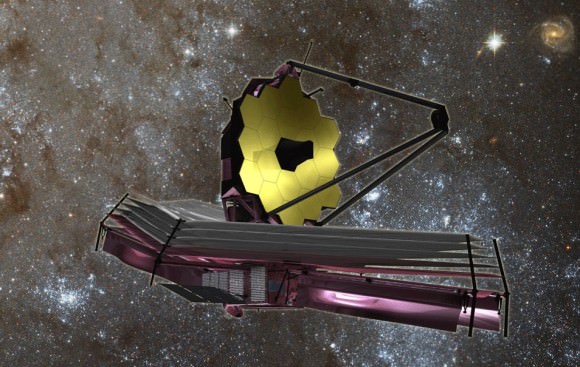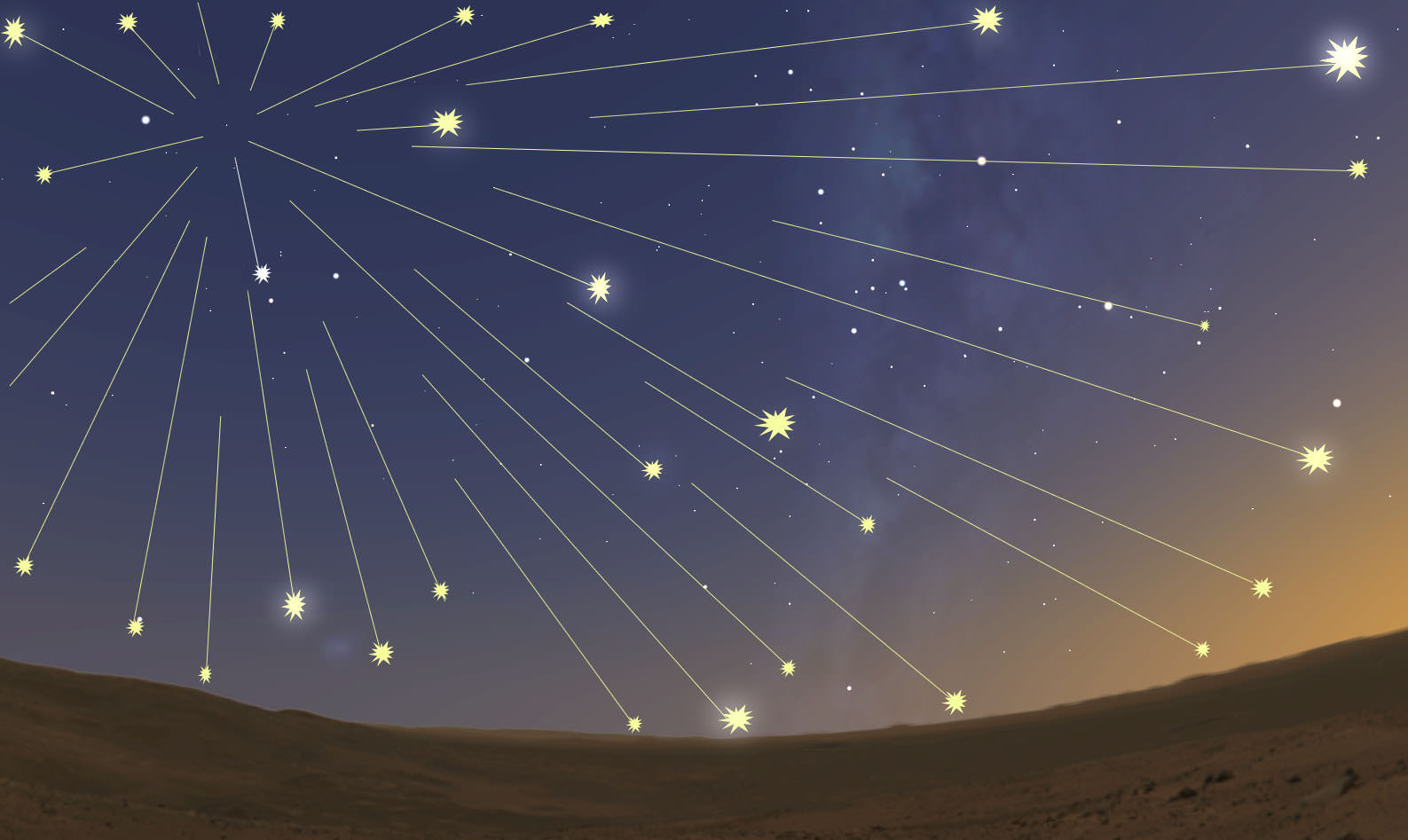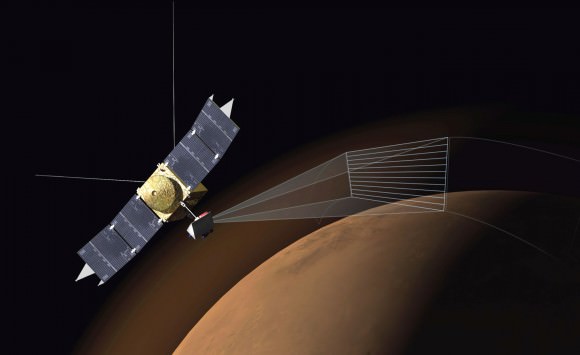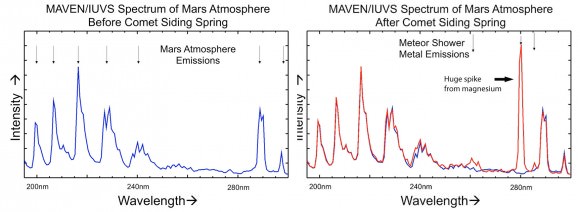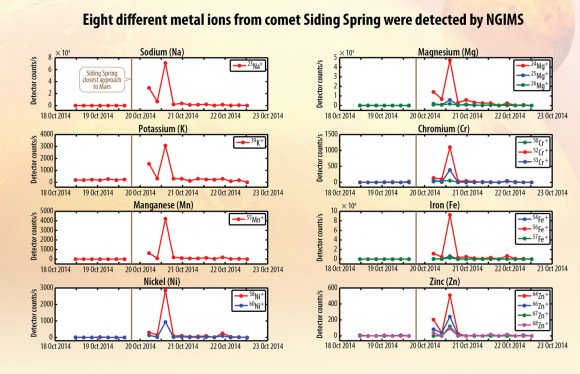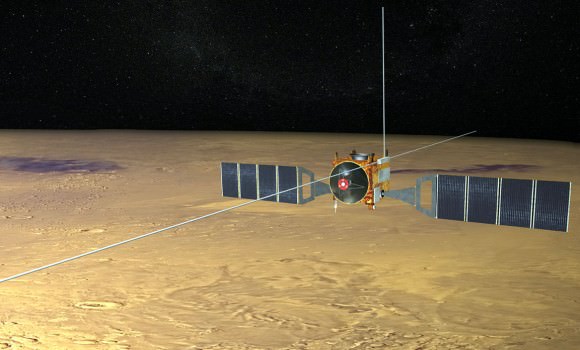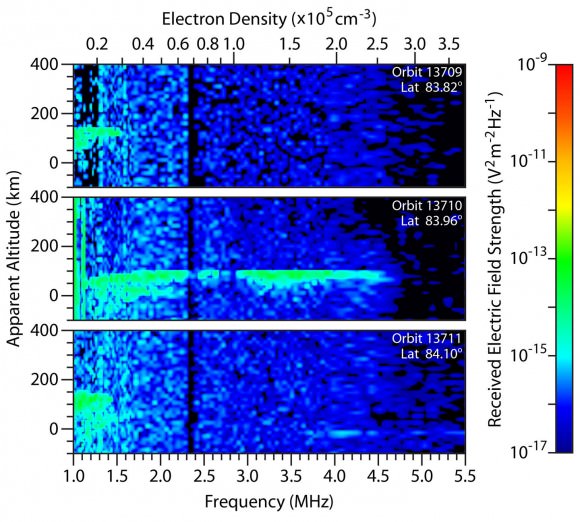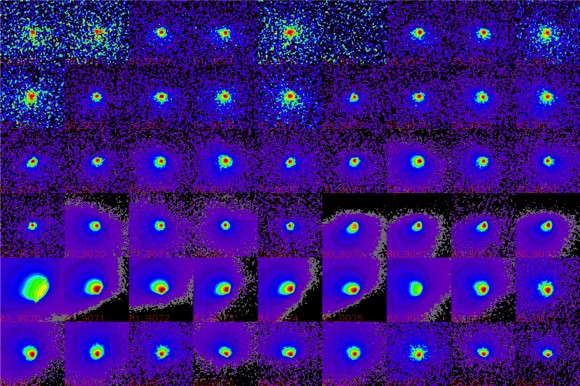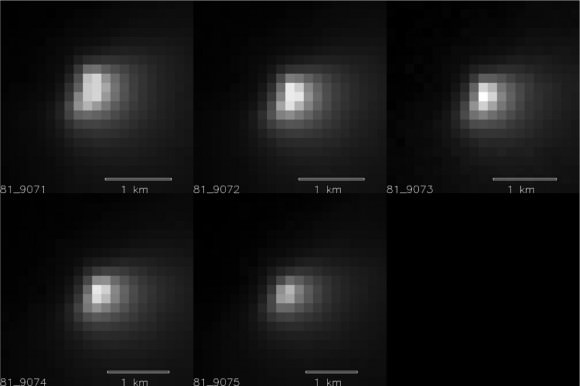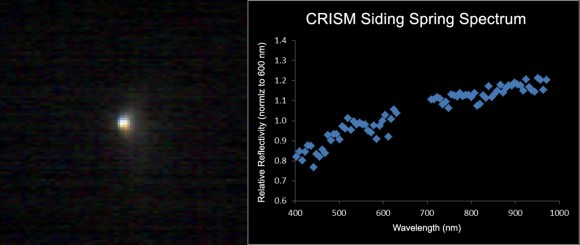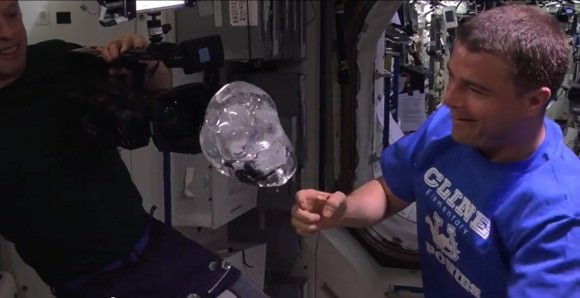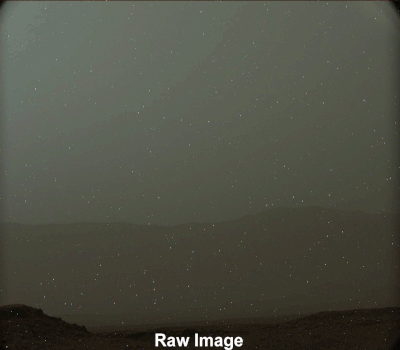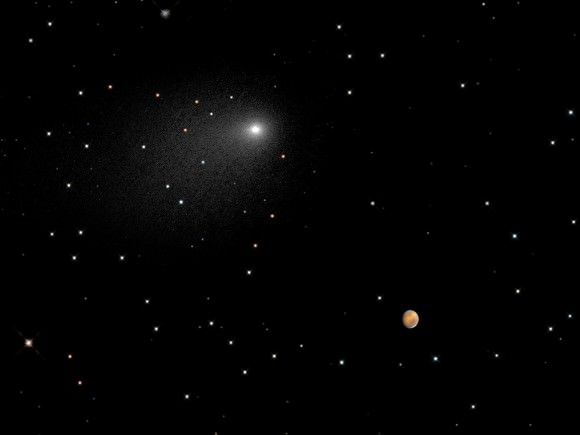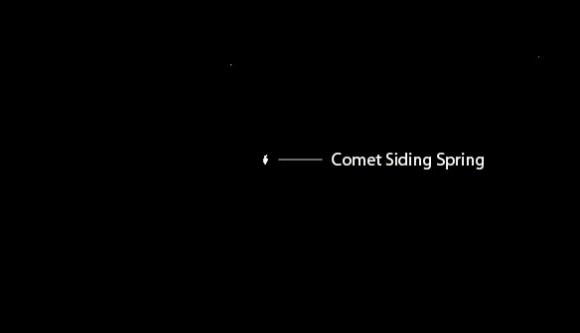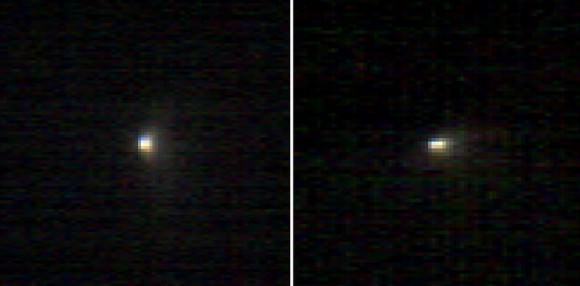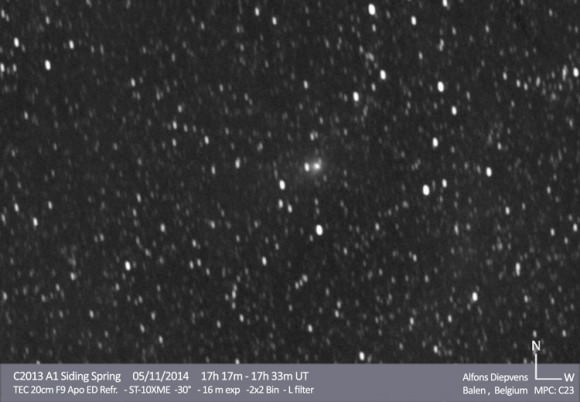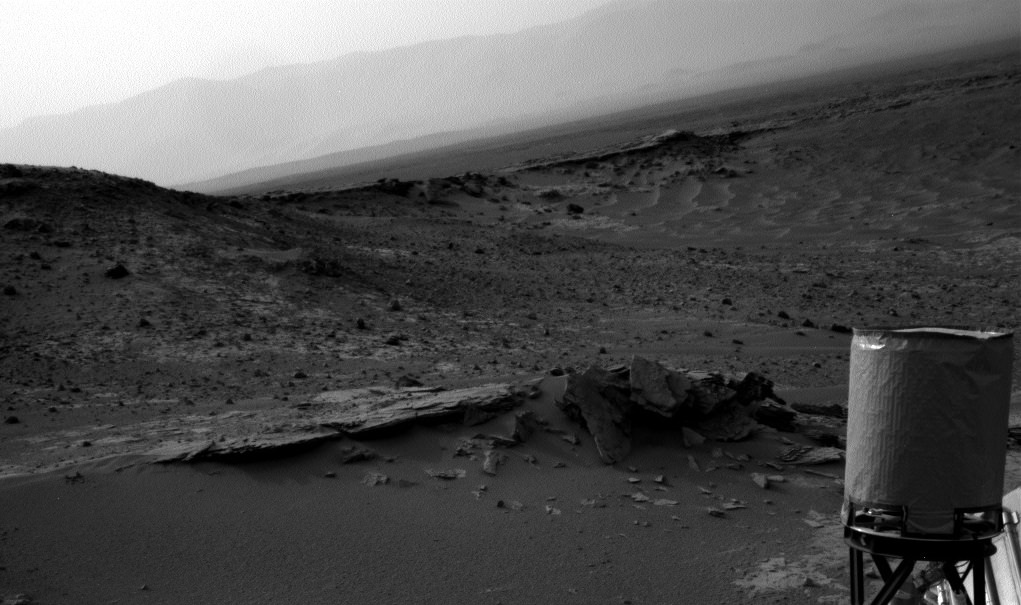After years of effort, NASA’s pathfinding Orion spacecraft was rolled out to the launch pad early this morning, Wednesday, Nov. 12, and hoisted atop the rocket that will blast it to space on its history making maiden test flight in December.
Orion’s penultimate journey began late Tuesday, when the spacecraft was moved 22 miles on a wheeled transporter from the Kennedy Space Center assembly site to the Cape Canaveral launch site at pad 37 for an eight hour ride.
Watch a timelapse of the journey, below:
Technicians then lifted the 50,000 pound spacecraft about 200 feet onto a United Launch Alliance Delta IV Heavy rocket, the world’s most powerful rocket, in preparation for its first trip to space.
Orion’s promise is that it will fly America’s astronauts back to deep space for the first time in over four decades since the NASA’s Apollo moon landing missions ended in 1972.
Liftoff of the state-of-the-art Orion spacecraft on the unmanned Exploration Flight Test-1 (EFT-1) mission is slated for December 4, 2014, from Space Launch Complex 37 (SLC-37) at Cape Canaveral Air Force Station in Florida.
“This is the next step on our journey to Mars, and it’s a big one,” said William Gerstenmaier, NASA’s associate administrator for human exploration and operations.
“In less than a month, Orion will travel farther than any spacecraft built for humans has been in more than 40 years. That’s a huge milestone for NASA, and for all of us who want to see humans go to deep space.”
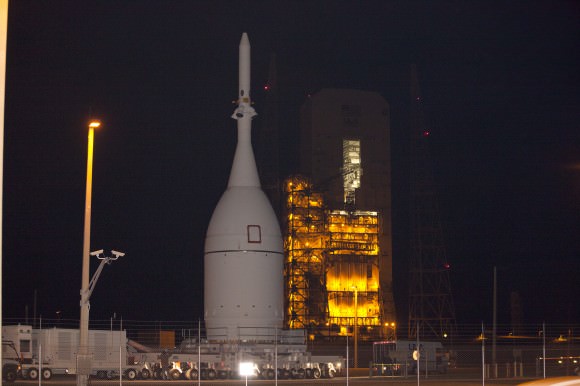
Orion is NASA’s next generation human rated vehicle that will eventually carry America’s astronauts beyond Earth on voyages venturing farther into deep space than ever before – beyond the Moon to Asteroids, Mars, and other destinations in our Solar System.
The fully assembled Orion vehicle stack consists of the crew module, service module, launch abort system, and adapter that connect it to the Delta IV Heavy rocket. It was completed in October inside Kennedy’s Launch Abort System Facility.
Today’s move was completed without issue after a one day delay due to storms in the KSC area.
The triple barreled Delta IV Heavy booster became the world’s most powerful rocket upon the retirement of NASA’s Space Shuttle program in 2011 and is the only rocket sufficiently powerful to launch the Orion EFT-1 spacecraft.
The two-orbit, four and a half hour EFT-1 flight will lift the Orion spacecraft and its attached second stage to an orbital altitude of 3,600 miles, about 15 times higher than the International Space Station (ISS) – and farther than any human spacecraft has journeyed in 40 years.
Orion will travel almost 60,000 miles into space during the uncrewed Dec. 4 test flight.
Stay tuned here for Ken’s continuing Orion and Earth and planetary science and human spaceflight news.

